With the goal of determining if porcine astrovirus 4 alone can cause respiratory disease, a collaborative team of investigators from North Carolina State University, USDA Agricultural Research Service, Iowa State University, and University of California Santa Cruz investigated if piglets infected with PoAstV4 exhibited reproducible lesions in the respiratory tract. Funded by the Swine Health Information Center, the study design included infecting PoAstV4 naïve piglets with the virus and characterizing the resulting infection and pathological lesions. Infected piglets shed the virus in nasal secretions, exhibited tracheitis and bronchitis with virus detected in tissues, and developed a productive immune response to infection. Results from this study are the first to confirm that PoAstV4 can be a primary cause of epitheliotropic viral infection in the respiratory tract of piglets.
Find the industry summary for study #23-077 here.
PoAstV4 has frequently been detected in nasal swabs from young pigs exhibiting respiratory disease. Retrospective studies, including an evaluation of 117 IAV negative cases of tracheitis and bronchitis, demonstrated a strong association between PoAstV4 detection in respiratory epitheliotropic viral infection lesions. However, observational associations do not establish causation. Understanding the pathogenesis of PoAstV4 as an emerging virus is crucial for accurate diagnosis, differential considerations, and effective management strategies for respiratory disease in swine.
The study described the use of caesarean-derived colostrum-deprived (CDCD) piglets challenged intratracheally (17 – challenged and 11 negative controls) with PoAstV4 PCR positive tissue homogenate that had been screened by next generation sequencing for the presence of other primary swine pathogens. Nasal swabs were collected to monitor viral shedding, and piglets were necropsied at five- and eight-days post-challenge (DPC) to evaluate gross and microscopic lesions. Viral localization within tissues was confirmed using PoAstV4 in situ hybridization. The immune response was characterized by detecting anti-PoAstV4 IgM and IgG antibodies in serum and quantifying infiltrating lymphocytes (T and B cells) within lesioned airways using immunohistochemistry and digital image analysis software.
PoAstV4 was detected in nasal secretions of challenged piglets as early as two DPC. All challenged piglets were negative for nasal shedding by 14 DPC, with peak shedding occurring earlier in the post-challenge period. Fecal shedding was also observed, suggesting either swallowed respiratory exudates or potential low-level gastrointestinal involvement. Microscopic lesions consistent with epitheliotropic viral infection, specifically tracheitis and bronchitis, were consistently observed in challenged pigs at five and eight DPC. PoAstV4 was successfully localized to the respiratory epithelial cells within these lesioned tissues via ISH, directly linking the virus to the observed pathology.
A robust immune response was mounted against PoAstV4. Both anti-PoAstV4 IgM and IgG antibodies were detected in serum, with IgG levels becoming detectable at 14 DPC and increasing through the study’s end at 21 DPC. Furthermore, significant infiltration of lymphocytes was observed within the lesioned respiratory mucosa of challenged pigs, indicating a cell-mediated immune response. The demonstration of both antibody and cell-mediated immune responses to PoAstV4 is foundational for understanding immunity and potential vaccine development strategies.
This study provides compelling evidence that PoAstV4 is a primary respiratory pathogen capable of causing tracheitis and bronchitis in young, naïve pigs. The reproduction of microscopic lesions, viral shedding patterns, and characterization of the immune response solidify PoAstV4’s role as a direct contributor to respiratory disease in swine.
While the reproduced lesions in this controlled setting were not as severe or extensive as some field cases, this is likely influenced by the precise challenge dose (which is difficult to quantify for non-isolatable viruses) and the optimal health conditions of CDCD piglets.
The findings suggest that PoAstV4 should be considered a differential diagnosis for respiratory signs, particularly coughing, in suckling and early nursery pigs, especially in cases where common viral pathogens like IAV are not detected. Future research efforts are critical to isolate PoAstV4 from clinical cases, which will enable more precise challenge studies, evaluation of the virus’s impact on production parameters, and assessment of its role in co-infections with other swine respiratory pathogens.
The Swine Health Information Center, launched in 2015 with Pork Checkoff funding, protects and enhances the health of the US swine herd by minimizing the impact of emerging disease threats through preparedness, coordinated communications, global disease monitoring, analysis of swine health data, and targeted research investments. As a conduit of information and research, SHIC encourages sharing of its publications and research. Forward, reprint, and quote SHIC material freely. For more information, visit http://www.swinehealth.org or contact Dr. Megan Niederwerder at [email protected] or Dr. Lisa Becton at [email protected].
Copyright 2025 | Swinehealth.org | Website by Heartland Marketing Group